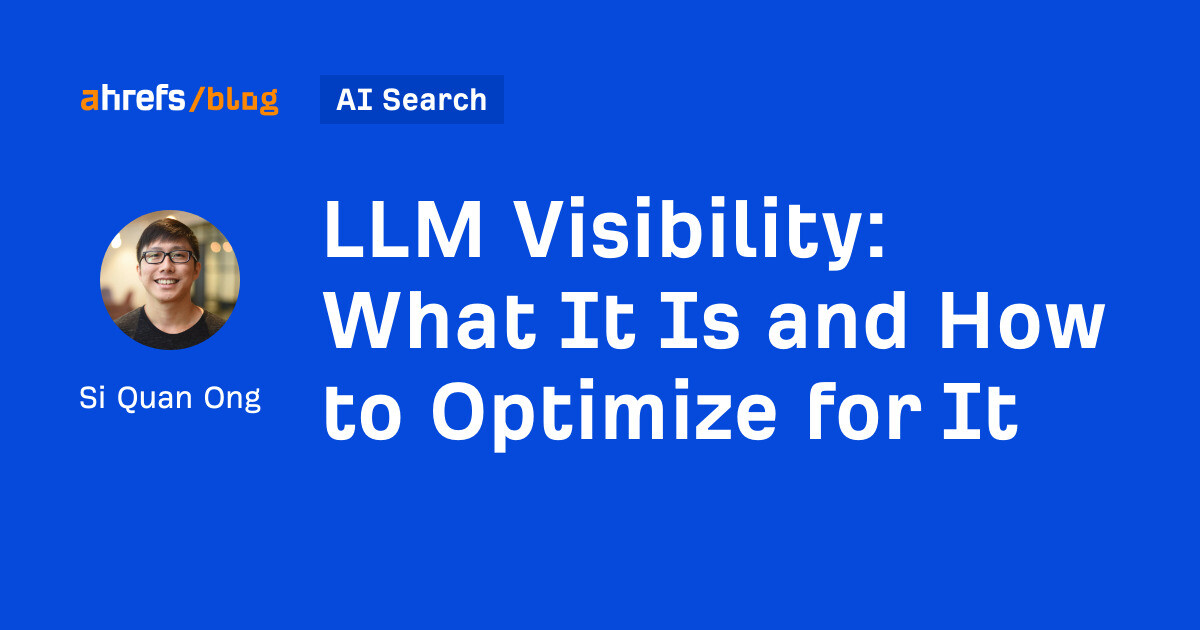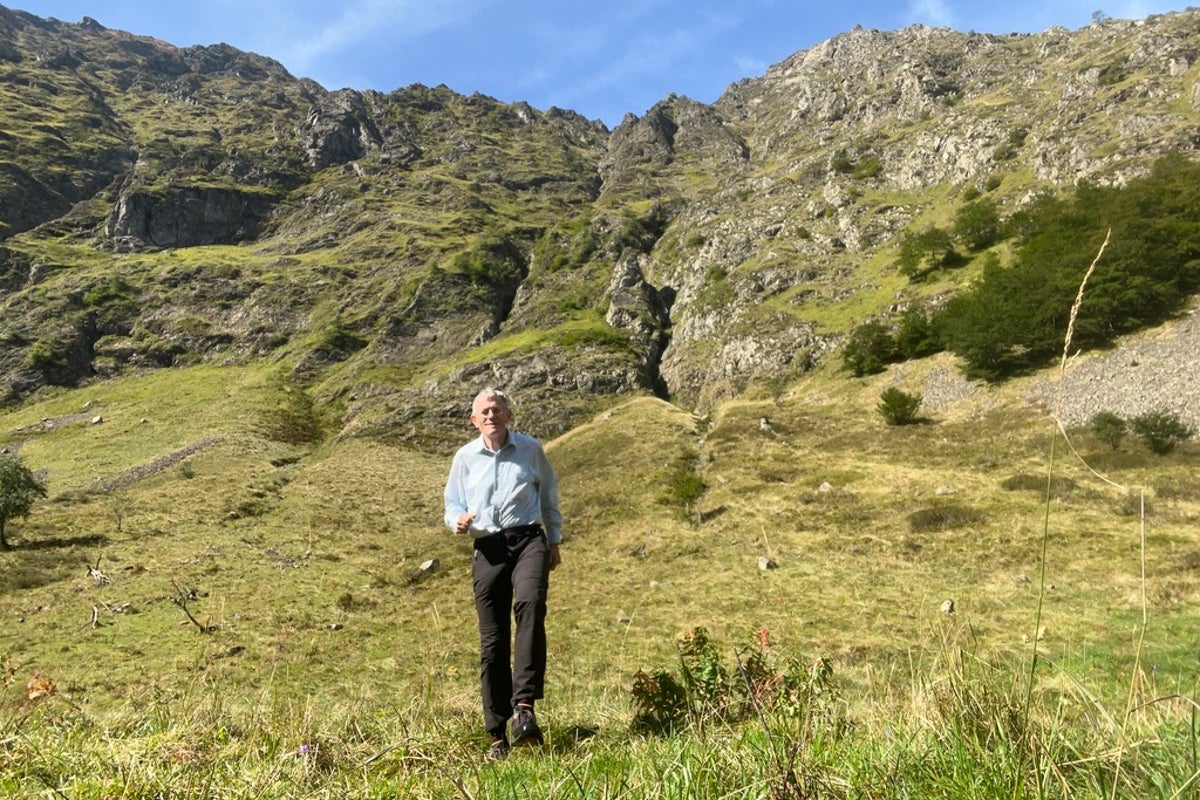Balancing the risk, reward of Asia's green infrastructure
Asia’s infrastructure sector is at a crucial stage of growth and transformation, offering appealing investment prospects. Long term partnerships will be key.

Asia’s infrastructure sector is at a crucial stage of growth and transformation, offering appealing investment prospects. Long term partnerships will be key.

May 14, 2024
When trying to mobilise private capital for the net zero transition, markets must adopt innovative financing approaches to tackle marginally bankable or currently unbankable projects.
Two offerings being utilised by the Asia Pacific (Apac) ecosystem, in this space, are blended finance and transition credit.
At the same time, the infrastructure sector in Asia is in a pivotal phase of growth and change, presenting attractive opportunities to deploy capital.
In terms of sectors, power accounts for 56% of needed infrastructure investments with transport 32%, telecommunications 9%, and water and sanitation accounting for 3%, according to the Asian Development Bank (ADB . The costs of mitigating climate change in this sector in Apac, are estimated at $200 billion per year. This primarily comes from investments in the power sector, including in renewable energy, smart grids, and energy efficiency.
“The familiarity with a market and the perception of risk play an important role when financing and structuring private market deals in this space in the Asia Pacific versus developed markets”, said Dr Valerie Speth, managing director and co-lead Apac, climate infrastructure group, BlackRock, at the recent Ecosperity Week 2024 conference in Singapore.
“Those who operate daily in a specific country, especially over the last decade like us in Asia, including emerging markets, are quite comfortable with the risks involved. They understand how to mitigate these risks effectively,” she added.
In many emerging markets in Apac, renewable energy projects have been around for more than a decade, and technologies like solar are relatively straightforward. This familiarity means that local companies view the risks differently; they often find them manageable, and consequently, local capital becomes competitive and there is more confidence to invest. However, for other private capital providers, the risk-return profile needs to be much higher. They are not as familiar with the local practices, regulations, or risk mitigation strategies.
“This disparity underscores the importance of bridging the gap between those actively involved in projects on the ground and those assessing risks from a distance,” noted Speth.
In a market environment characterised by elevated macroeconomic and market volatility, infrastructure assets present the prospect of consistent returns, protection against inflation, diversification advantages, and a chance to propel the energy transition.
However, investing is not just about deploying capital; it's about embarking on a journey with the portfolio company, forming a partnership that lasts for five to 10 years or more. Throughout this journey, there are numerous opportunities to enhance operations and scale up.
Rick Ramli, acting president and group chief executive, chief investment officer, private and strategic investments, Permodalan Nasional Berhad (PNB), said at the same conference, “Our infrastructure investments have predominantly been domestic, concentrating on critical assets like ports, airports, and toll roads. Two years back, we diversified globally, targeting developed markets with a strong focus on risk-return profiles. We invested capital through three SME managers, ensuring comprehensive coverage of North America, Europe, and Asia, with a particular emphasis on compliance risk.”
PNB is one of the largest fund management companies in Malaysia. It was established in 1978 as one of the instruments of the government's new economic policy.
Speth and Ramil were speaking at Ecosperity Week 2024, a three-day sustainability-focused event organised in Singapore by the state investor Temasek.
Both Speth and Ramil emphasised the importance of assessing the risk-return profile that focuses excessively on political and regulatory risks when exploring projects in the region.
Motivation for investments
Investment capabilities must be structured with a clearly defined risk profile that aligns with investors' objectives. In the aftermath of the global financial crisis, there was a notable shift in infrastructure investing. It moved away from a generic private equity risk allocation to a more nuanced approach.
This new approach considers the diverse risk profiles inherent in infrastructure assets.
“Our current priority is certainty in risk-return profiles, avoiding undue concentration risks, and remaining vigilant against potential regulatory changes affecting our investments,” said Ramil.
“While we aim for a globally diversified portfolio across infrastructure, private equity, and real estate, 80% of our investments are currently focused on Malaysia,” he added.
The strategy for diversification hinges on the company's focus, whether on a single country with multiple off-takers or across different countries. The energy transition theme, covering renewables, infrastructure, transmission, and storage, presents an enticing investment landscape, given the trillions of dollars in cash reserves worldwide. The allocation of these funds to different technologies and stages of development will be critical.
Speth said: “As the next generation takes charge of wealth, their investment objectives and approaches may differ, sparking innovative trends in the industry.”
A dedicated infrastructure position, held as part of a broadly diversified long-term portfolio, is said to have the potential to increase both the efficiency and durability of a portfolio’s returns.
“Our approach to portfolio diversification is driven by the goal of mitigating country-specific risks while seeking opportunities that offer robust returns, typically yield-oriented income, in infrastructure investments,” said Ramil.
For Speth and BlackRock, finding reliable on-the-ground partners in the emerging markets of Southeast Asia and Africa is paramount, especially during the delivery phase to mitigate risks.
¬ Haymarket Media Limited. All rights reserved.
Markets ESG Climate Action Carbon Reporting #asia #transition finance #infrastructure
 Aliver
Aliver 































